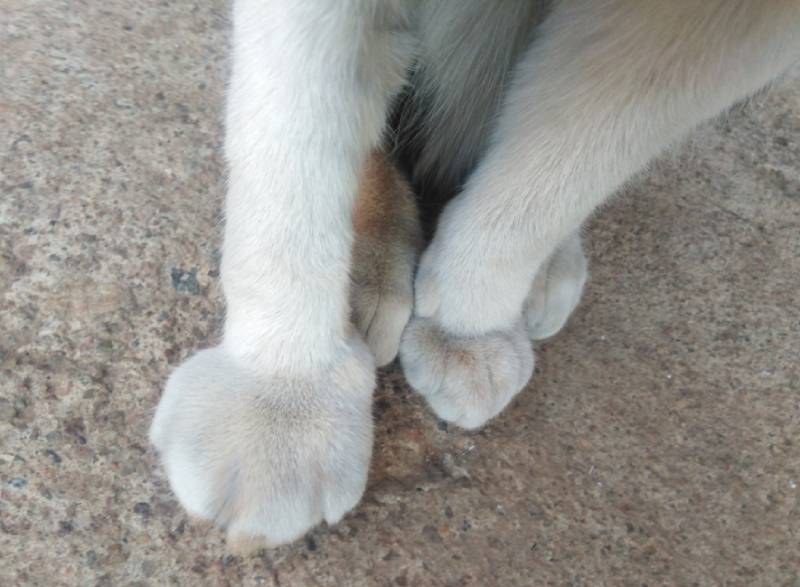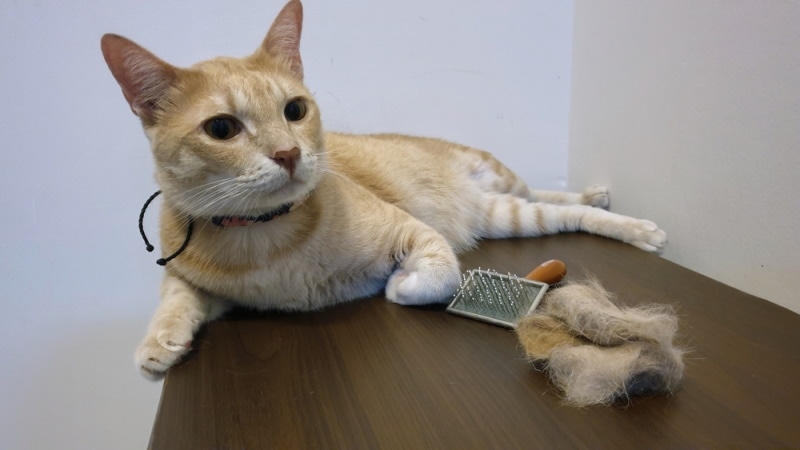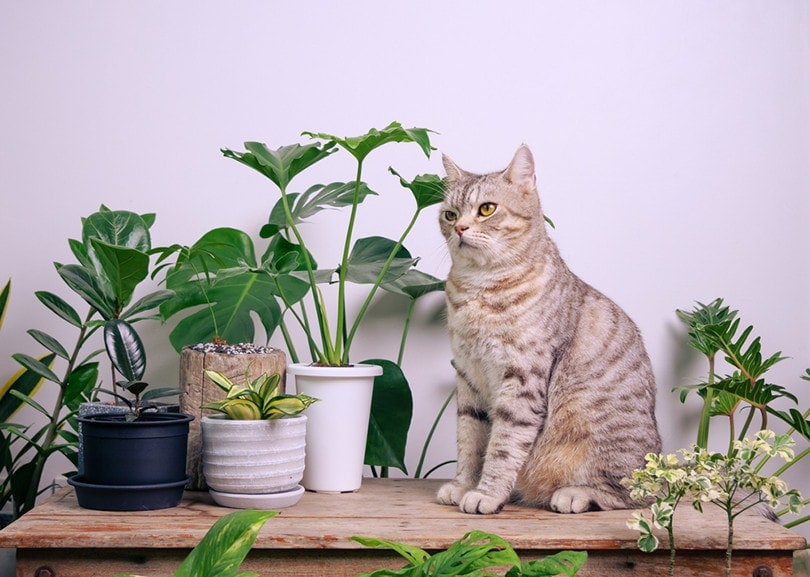12 Meanest & Most Aggressive Cat Breeds: Info, Pictures, & Training
By Adam Mann
Updated on
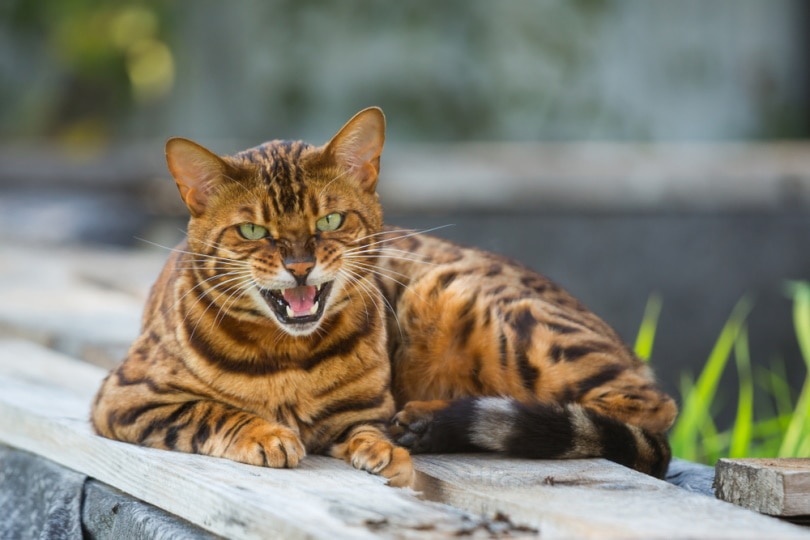
While some cats have a bad reputation as a mean and aggressive breed, it’s important to note that every cat can make a great pet if you meet their basic needs and socialize them correctly. The cat breeds we’ve highlighted here can be a bit more challenging to own, and if you don’t meet their basic needs, they can lash out, which can lead to aggressive behaviors and tendencies! However, all cats can be socialized and trained if you start from a young age.
Top 12 Mean & Aggressive Cat Breeds
1. Siamese
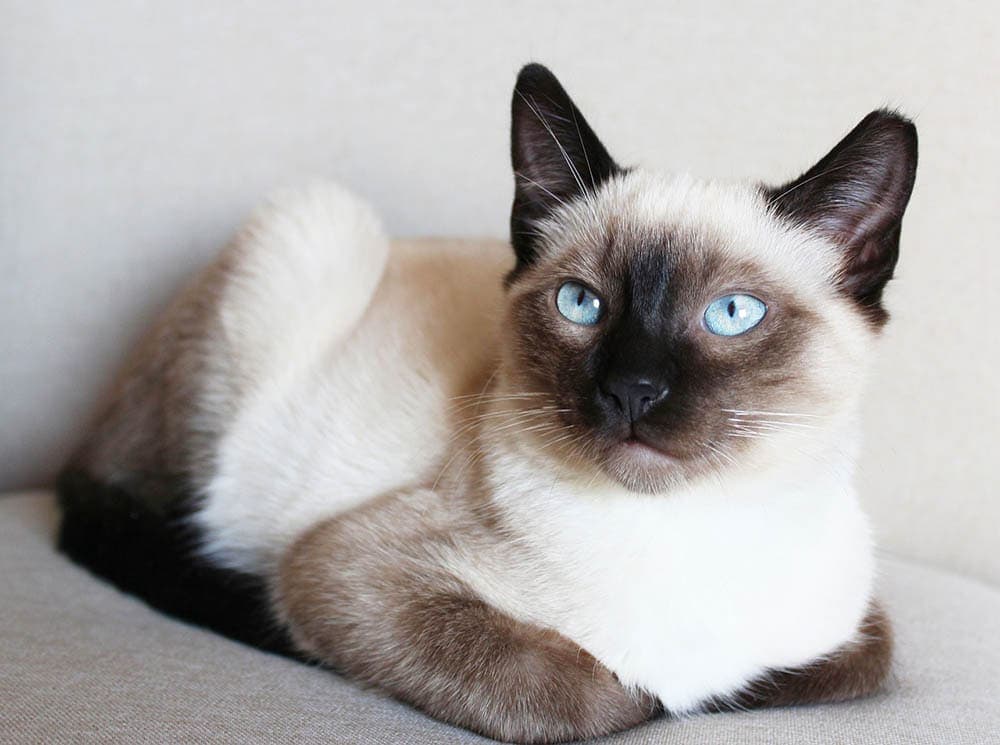
| Origin: | Thailand |
| Lifespan: | 15 to 20 years |
| Height: | 8 to 10 inches |
Siamese cats can be loving if you socialize them correctly, but they can be extremely territorial and aggressive if you don’t. This is primarily because of their jealous nature, so one of the best things you can do to keep them from lashing out is to ensure they get plenty of attention and love from you throughout their lives.
2. Sphynx
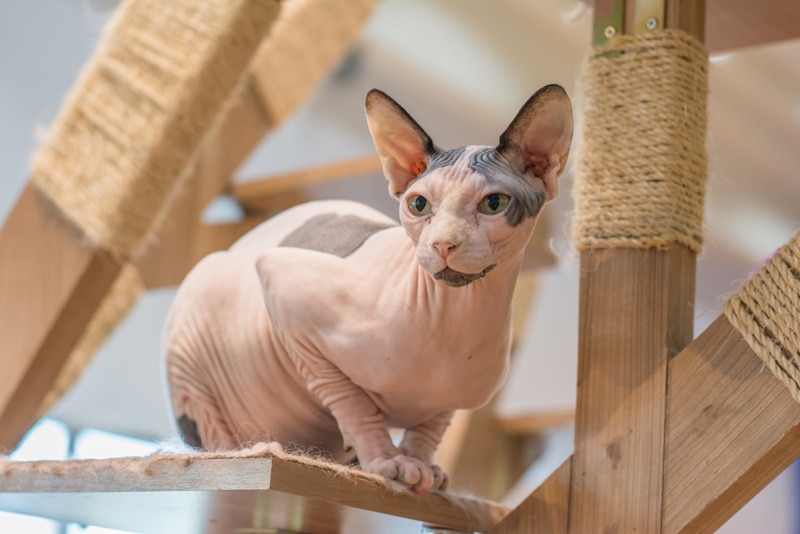
| Origin: | Canada |
| Lifespan: | 9 to 15 years |
| Height: | 8 to 10 inches |
Sphynx cats have more energy and require more attention than many other cat breeds, and often, people don’t do everything they nseed to give a Sphynx all the attention they need. When this happens, it can lead to a Sphynx lashing out, but if you’re giving them plenty of attention and love, it shouldn’t be a problem. To keep their jealousy at bay, ensure that you socialize them with plenty of other pets from a very young age, if possible.
3. Himalayan
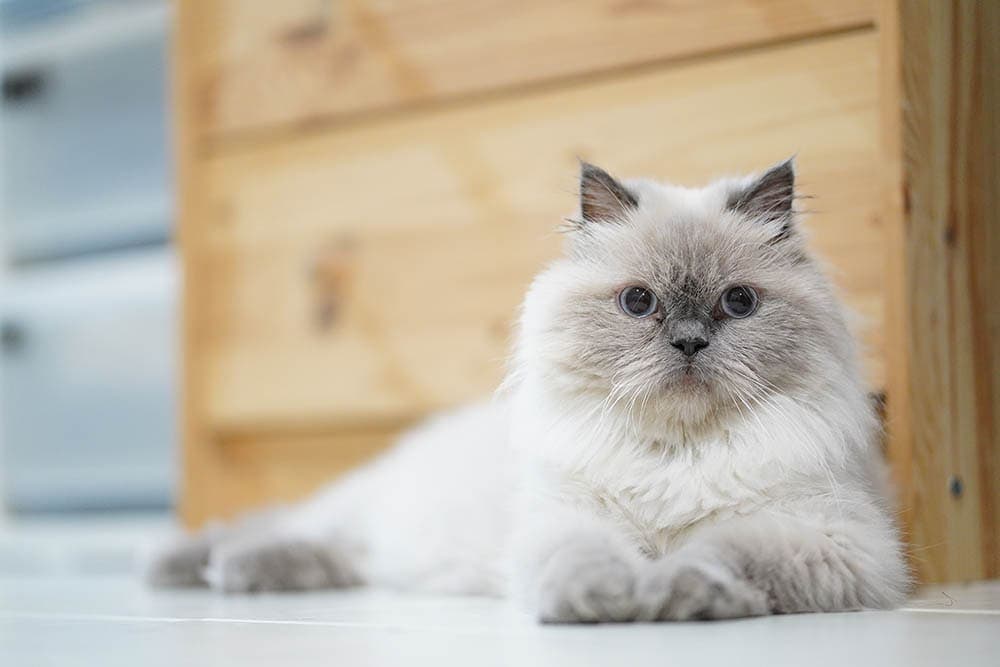
| Origin: | Asia |
| Lifespan: | 9 to 15 years |
| Height: | 10 to 12 inches |
The Himalayan cat is usually a loving, playful, and docile pet, but that’s only if you’re meeting all their needs. If you don’t care for your cat the right way, a Himalayan cat can have a nasty temper, and because of their larger size, it can lead to all sorts of problems.
4. Bengal
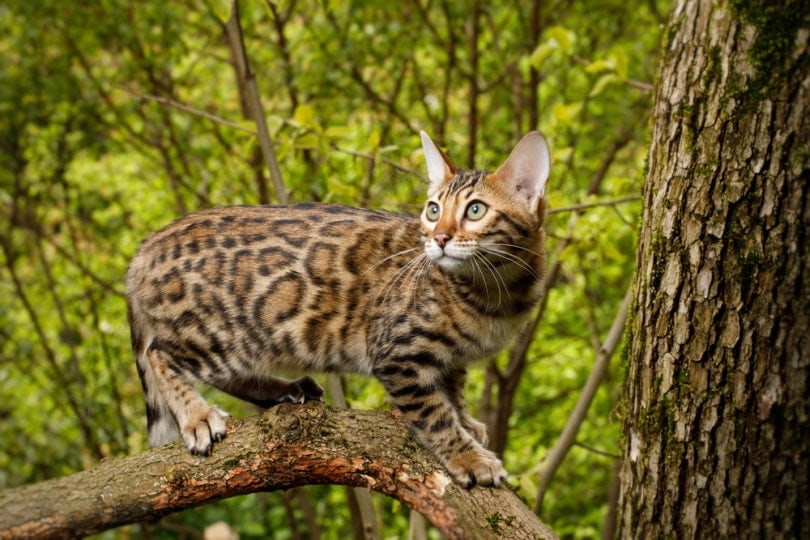
| Origin: | Southeast Asia |
| Lifespan: | 12 to 16 years |
| Height: | 13 to 16 inches |
Like all the cats on our list, the key to keeping your Bengal cat’s attitude in check is meeting all their basic needs and socializing them properly. Bengal cats have a ton of energy and are extremely high maintenance, which leads to an unearned aggressive reputation. To combat this, ensure they have plenty of physical and mental stimulation, from cat towers to cat wands to food puzzles.
5. Pixie Bob
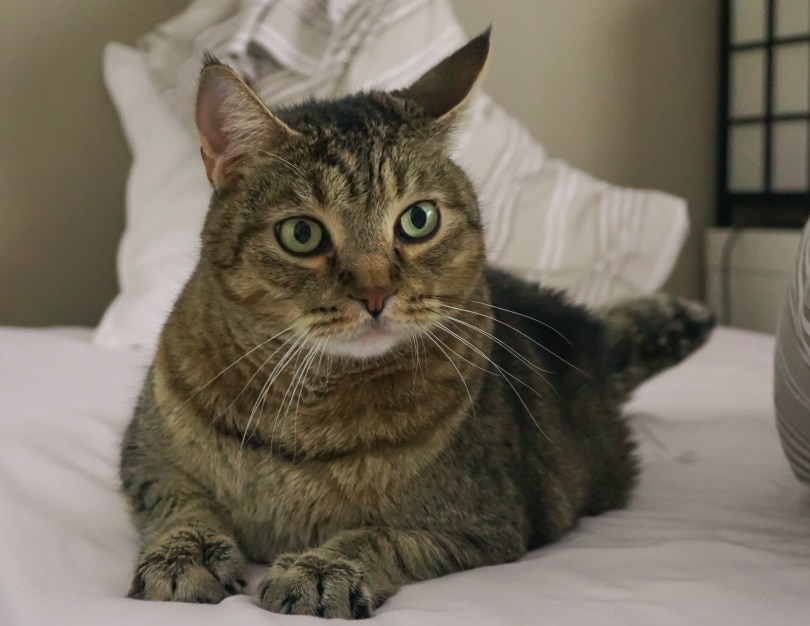
| Origin: | United States |
| Lifespan: | 13 to 15 years |
| Height: | 9 to 13 inches |
The Pixie Bob has more of a wildcat lineage, and because of this, they can be a bit more challenging to own and have a few more aggressive tendencies. They love hunting and stalking, and without proper socialization, they can bite. However, if you socialize them properly, they’re fun and playful cats to own. You can even keep their aggression down by stimulating their hunting instincts with lots of toys and playtime.
6. Scottish Fold
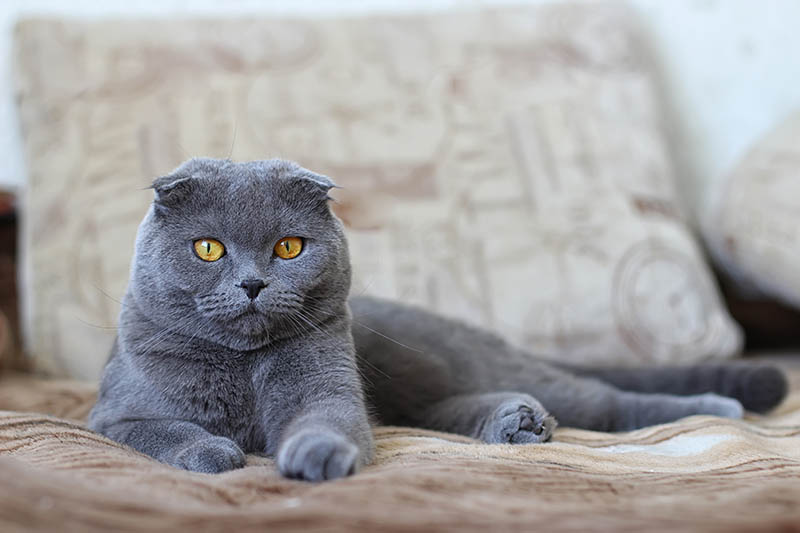
| Origin: | Scotland |
| Lifespan: | 15 years |
| Height: | 8 to 10 inches |
With the right socialization, the Scottish Fold is one of the most loving and adorable cat breeds out there. However, Scottish Folds require a lot of attention, so if you’re not going to spend a ton of time with them, you could run into problems. We suggest really researching this breed first, as they aren’t for someone who’s stuck at work all day.
7. Egyptian Mau
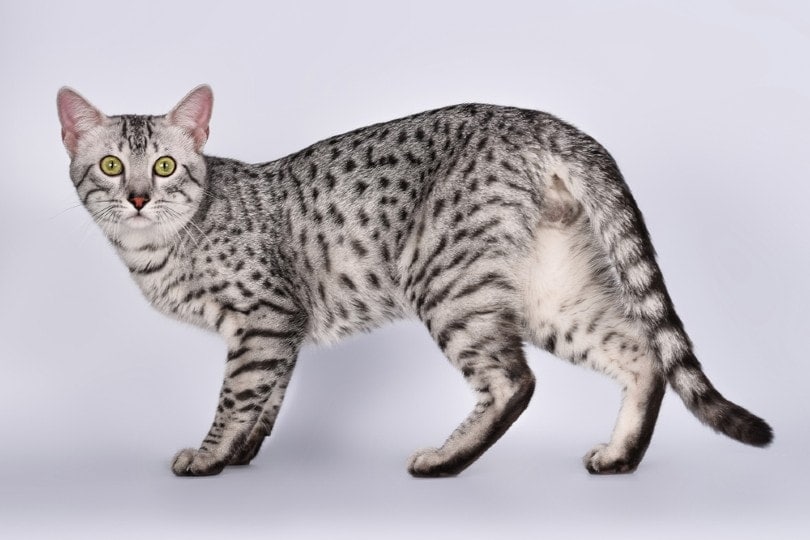
| Origin: | Egypt |
| Lifespan: | 12 to 15 years |
| Height: | 7 to 11 inches |
If you want a dog-like cat, the Egyptian Mau is the way to go. However, they are extremely intelligent cats, and if you don’t find ways to keep them mentally stimulated, they can lash out and be challenging to own. But give them some unique toys and plenty of attention and you shouldn’t have to worry about this.
8. Korat
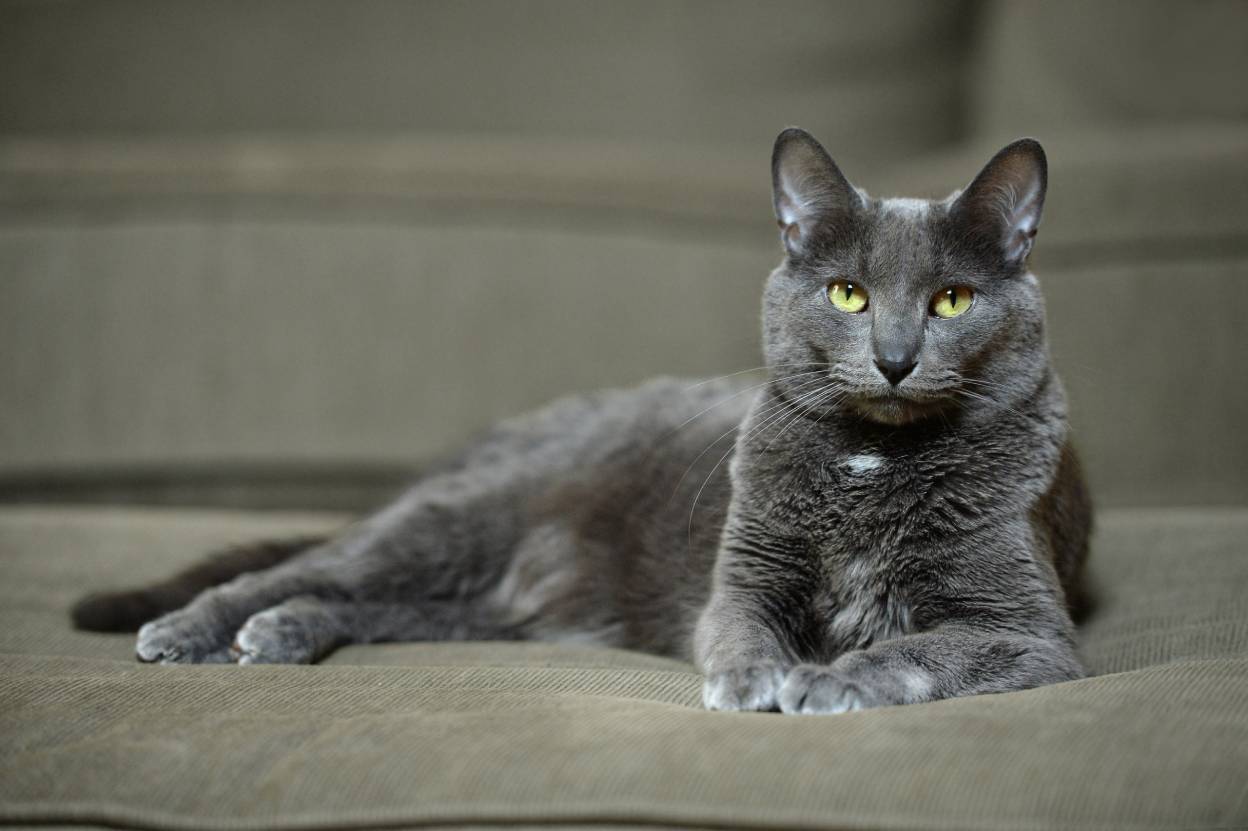
| Origin: | Thailand |
| Lifespan: | 15 years |
| Height: | 10 to 12 inches |
The Korat is an extremely rare cat breed, and they’re usually not super aggressive. They require a lot of attention though, and if you’re not giving them the attention they want, they’ll find ways to get it. They’ll usually bat at you a little to get it, but they’re not doing it to be purposefully aggressive—just to demand what they want from you.
9. American Wirehair
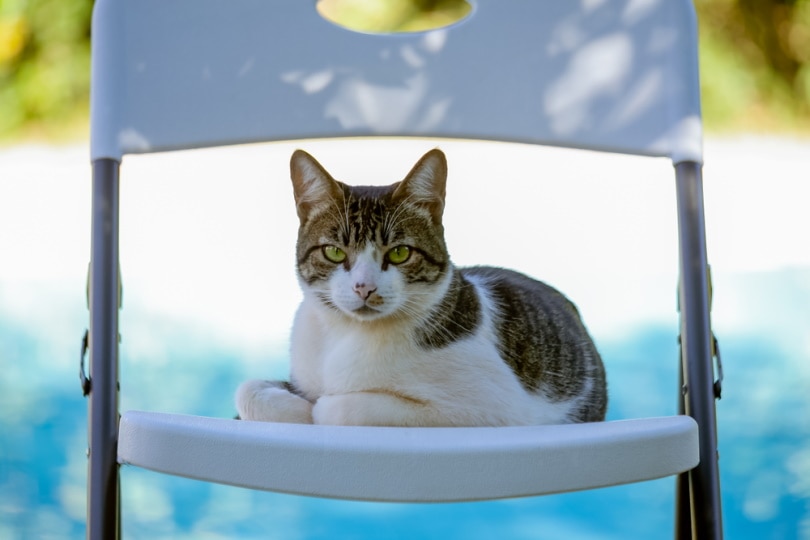
| Origin: | United States |
| Lifespan: | 10 to 16 years |
| Height: | 9 to 11 inches |
The American Wirehair is a natural hunting cat, and while they don’t have any one area where they’re super challenging, they require a little more attention in every area. They need plenty of socialization, plenty of exercise, and plenty of attention; otherwise, you might have a temperamental cat on your hands.
10. Savannah
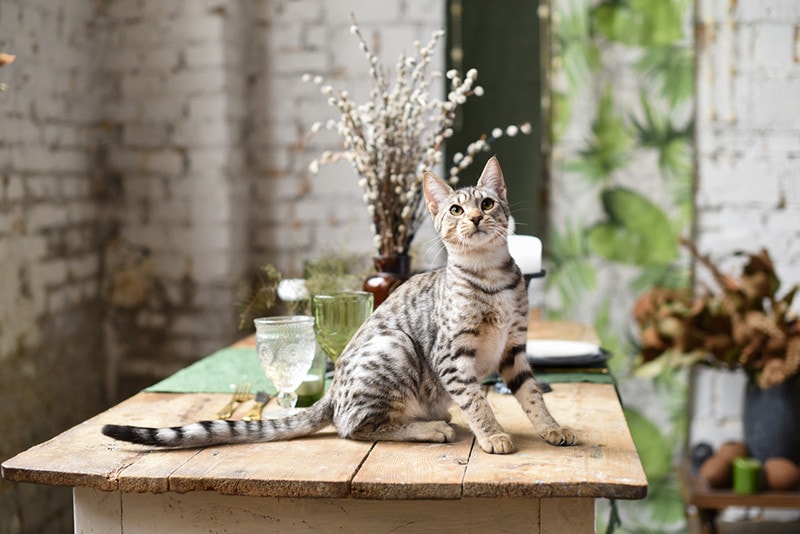
| Origin: | United States |
| Lifespan: | 12 to 15 years |
| Height: | 14 to 17 inches |
As a cross between a domestic cat and a wild African cat, the Savannah cat is a large cat breed that’s also a bit more challenging to own. They require lots of attention and exercise, and they can be a challenge for inexperienced owners. If you socialize them properly, they’re not aggressive, but if you don’t, it can lead to all sorts of problems.
11. Singapura
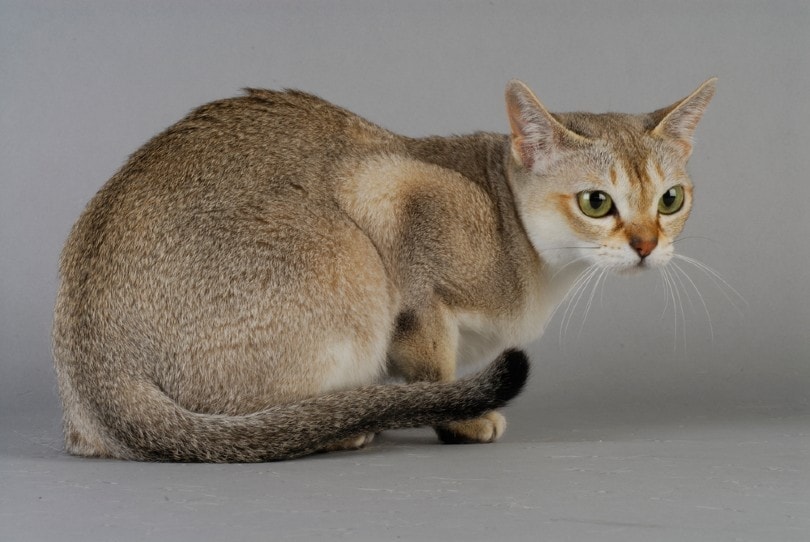
| Origin: | Singapore |
| Lifespan: | 9 to 15 years |
| Height: | 6 to 8 inches |
The Singapura is the smallest cat on our list, but they’re also among the most active and playful. They constantly want something fun and interesting to do, and they don’t lose their kitten-like curiosity like many other cat breeds do. Keep your home filled with plenty of cat towers and interactive toys to keep any aggression at bay.
12. Cymric

| Origin: | Canada |
| Lifespan: | 9 to 13 years |
| Height: | 11 to 14 inches |
The Cymric’s signature feature is probably their super short and stubby tail, but that’s not what makes them so challenging to own. They’re super intelligent and active, meaning you need to meet both their physical and intellectual needs; otherwise, they might lash out and create problems for you.
Conclusion
Any of the cat breeds on our list can make a great choice, just ensure you know exactly what you’re getting yourself into. That way, you can meet all their basic needs, plus some. It’s much easier to keep a cat from becoming aggressive from an early age than trying to break a cat from aggressive tendencies because you weren’t meeting all their needs in the first place.
See also:
- Do Male Cats Kill Kittens? Understanding Feline Behavior
- How to Keep Cats Away From Chickens – Tips & Tricks
Featured Image Credit: Arina_B, Shutterstock

